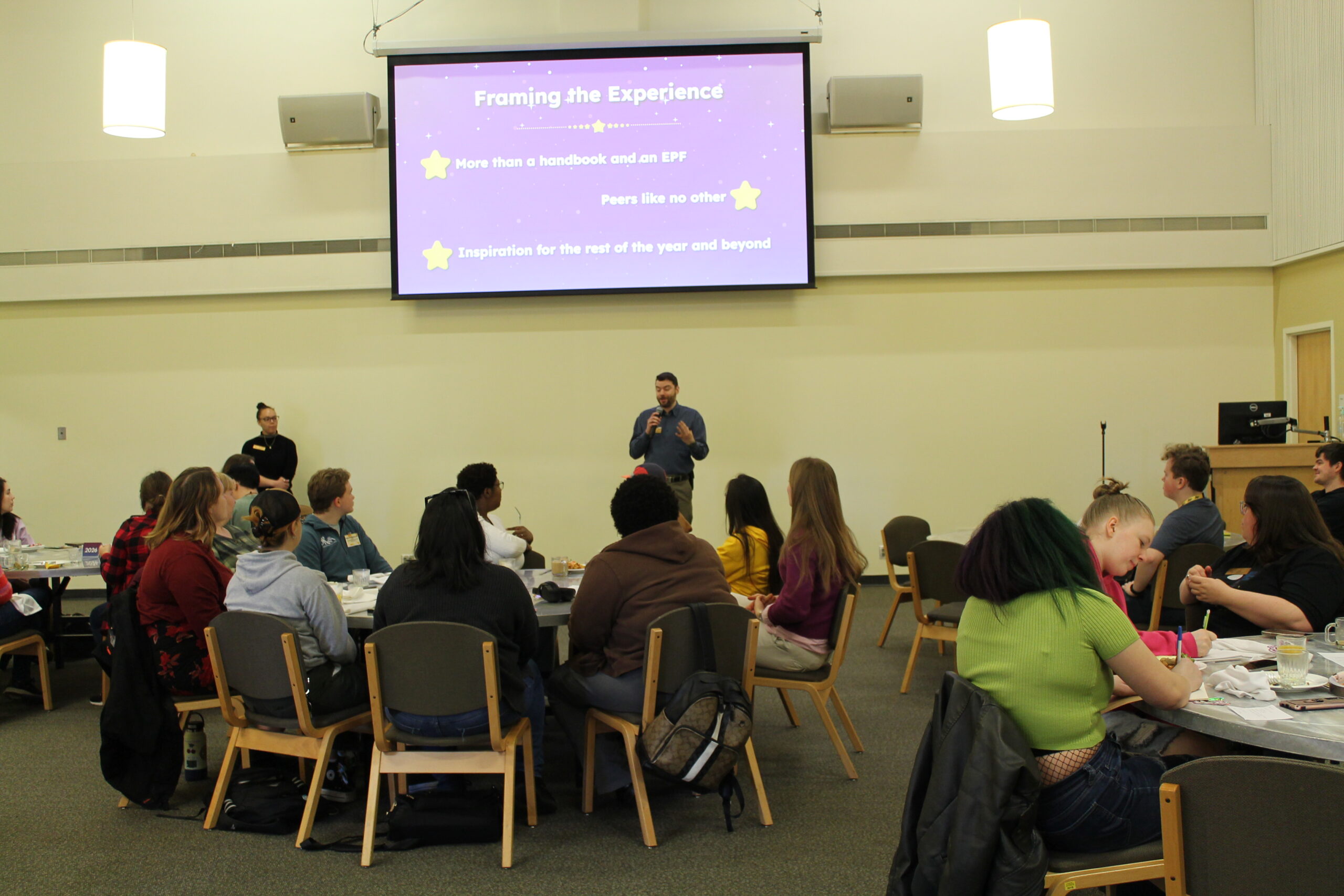
LIBBY POSTOVOIT; Opinion Editor; postovlg@plu.edu
In an election season full of bungled comb overs, email scandals and petty fights between the Republican and Democratic parties, it’s no surprise that many Americans are underwhelmed with bipartisanship on Capitol Hill. Some of these disappointed voters are resolved to vote for the major-party presidential candidate they hate least, while others plan to opt out of visiting the polls this November.
However, some voters intend to color outside the lines of our dysfunctional political system, looking instead to third party candidates to bring reform. But is voting for the less-established candidate whose values align most with yours, rather than the well-established candidate you kinda-sorta like, a good idea?
In order to answer this question fully and thoughtfully, it’s necessary to examine the United States’ government as a whole. While the Constitution ensures that we have checks and balances in place to prevent a dictatorship on Capitol Hill, nothing prevents major parties from dominating the political scene. The Democratic and Republican parties have gained dizzying amounts of power in both Congress and the White House over the past 150 years. There are currently 300 Republicans and 231 Democrats in Congress, leaving only two Independent senators and two vacant House seats to represent some semblance of a third party. Additionally, the influence of the Democratic and Republican parties has been so prevalent that, since the end of Millard Fillmore’s presidency in 1853, we’ve only had Democrats and Republicans in the Oval Office.
Personally, I wouldn’t mind if some of the smaller parties gave the two major parties a run for their money. A more equal division of power among multiple political parties is at least as important as division of power between our three branches of government. But sadly, one presidential election cannot transform our current mess of a bipartisan system into a productive multi-party system in which ideas matter more than affiliation. It doesn’t matter how capable a third party president of the United States would be without a congressional majority supporting their decisions.
The only way to beat our current system is by working to change it from within. Here’s my advice for you this November: Vote pragmatically for the major party candidate you think is the best fit for the job. When the time comes, vote for senators and representatives whose ideas align the most closely with yours and who will support sensible Supreme Court nominations.
I emphasize Supreme Court nominations because in two months you’re voting not only for the President, but also for at least one new Supreme Court justice the new president will nominate. The Supreme Court, though less flashy than Congress and the White House, has been instrumental in desegregating schools, legalizing abortion and sanctioning gay marriage nationwide – decisions that fundamentally shape our society. In many cases, one justice’s vote made all the difference. Since our current Supreme Court consists of four fairly liberal justices, three fairly conservative justices, and one consistent swing voter, our next justice’s role will be especially prominent in the history books.
In conclusion, while I don’t believe it’s prudent to vote for a third-party candidate this November, I have hope that this will change in future elections. If we choose our president and Congress members wisely, and by extension our Supreme Court justices, I believe it will be possible for the United States to get out of its bipartisan rut and function as a successful multi-party government within the next 20 years.
Don’t miss!
Ruth Anderson Public Debate: A Third-Party Vote is a Wasted Vote
7 p.m. Oct. 4
Karen Hille Phillips Center


















